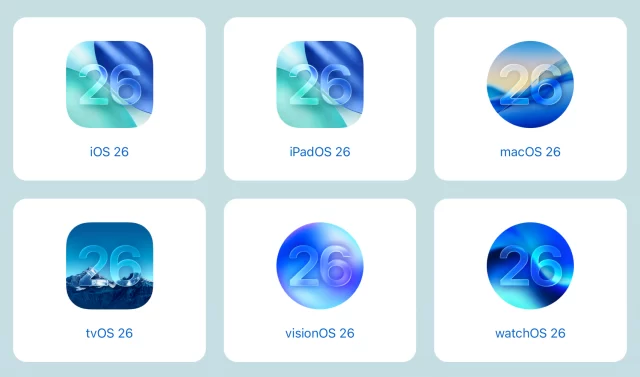WWDC for developers
As expected, Apple is also making it possible for developers to use its on-device foundational model for their own apps. “With the Foundation Models framework, app developers will be able to build on Apple Intelligence to bring users new experiences that are intelligent, available when they’re offline, and that protect their privacy, using AI inference that is free of cost,” the company said in its press release. Apple suggests an educational app like Kahoot! might use its on-device model to generate personalized quizzes for users. According to the company, the framework supports Swift, Apple’s own coding language, and the model is as easy as writing three lines of code.
An upgraded Shortcuts app for both iOS and macOS is also on the way, with support for actions powered by Apple Intelligence. You’ll be able to tap into either of the company’s on-device or Private Cloud Compute model to generate responses that are part of whatever shortcut you want carried out. Apple suggests students might use this feature to create a shortcut that compares an audio transcript of a class lecture to notes they wrote on their own. Here again users can turn to ChatGPT if they want.
iPad OS – Big change
IPad OS becomes a lot more like Mac OS and introduces multi screen mode and tiles. These will make iPad an Macbook with touch. – Very cool.
iPadOS 26 will feature a Liquid Glass redesign along with most of the new features detailed for iOS 26, including the revamped Phone and Games apps. Unique for the iPad, though, is a new menu bar and windowing feature that makes the tablet’s UI look and feel a lot more like macOS. That means it should improve multitasking, something iPad power-users have wanted for a long time. You can resize windows, snap them to different corners or swipe them away temporarily to get a glimpse of your home screen. Apple claims the window system is designed to work just as well with touch input (either via fingers or a stylus) or trackpads on compatible accessories.
The Files app on iPad will feature an updated list view and the same custom color options you’ll find on the new macOS Tahoe. You’ll also be able to choose which programs or apps you want to open certain files, so for example, you can opt to open an image in Photoshop rather than the default option. Speaking of, a new Preview app is coming to iPads in the new software update. A mainstay on macOS, this app will bring native PDF management, annotation and editing to Apple’s tablets.
See WWDC for all the goodies
Sources: WWDC News







